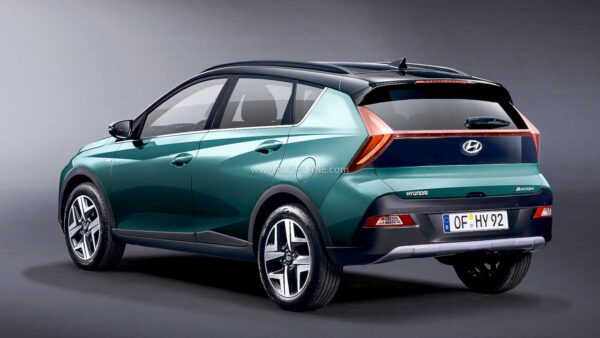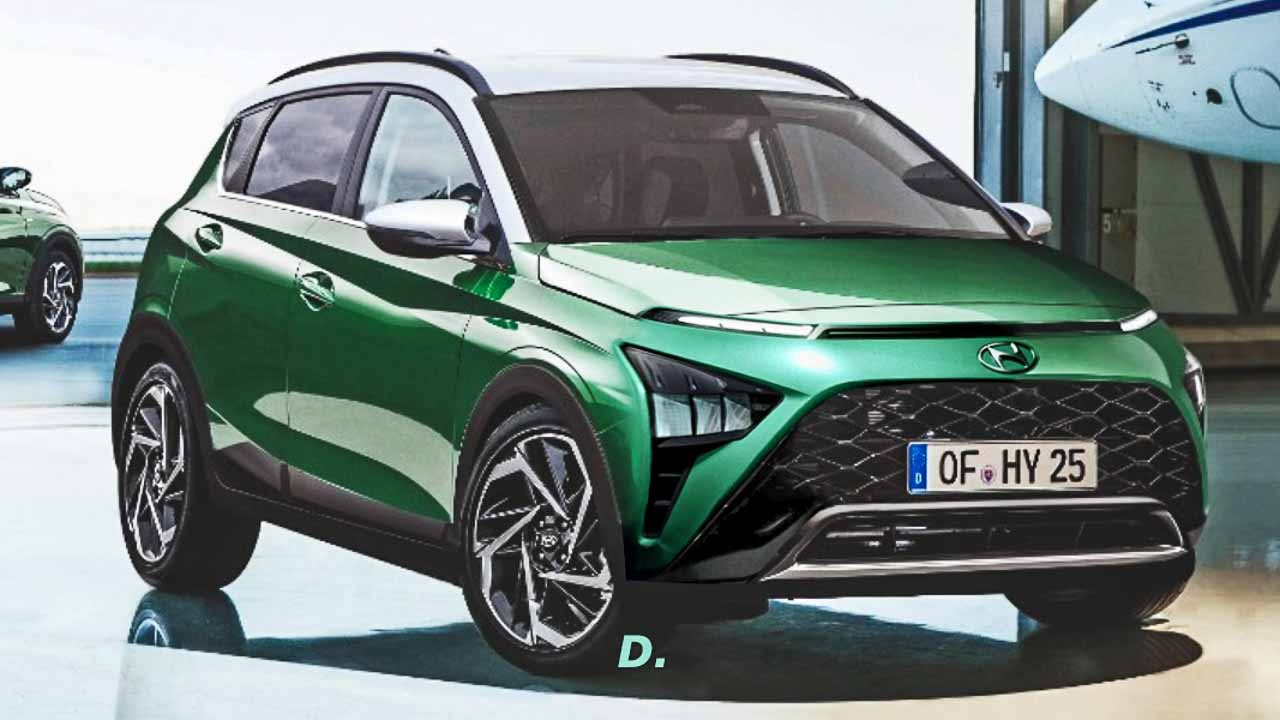The plucky little Bayon bats above its weight class, at least as far as price is concerned. While sharing circuits and circuits with its tech-savvy city cousin the i20, this compact crossover comes coupled with a couple of thousand euros more attached. Is the Bayon worth its steeper sticker shock compared to the proven pocket rocket it’s based on?

Let’s look under the hood. Dimensionally, the Bayon has stretched its legs around 14 centimeters longer than the i20 and stands a shade taller like any good utility player should. The independent body now crosses over into trendier crossover territory versus the i20’s former mini-van mold. But the wheelbase – i.e. the guts and glory between the wheels – remains robustly the same.
So in essence you’re getting incremental real estate upgrades for your money rather than any substantive mechanical makeover. The million euro question then becomes – is Hyundai banking on buyers coveting crossover couture so much they’ll pay a premium just for a remixed roofline and ride height? For some, the Bayon’s look no doubt lands it on their shopping list versus the i20.

But for value hounds, the added outlay might have this prudent prospect pivoting back to the proven, more affordably packaged i20 in the end. Only time will tell if Bayon has the brand loyalty and buzz to justify demanding a couple of grand more of customers’ cash. For now, its pricing proposition seems a court too far.
Let’s settle into the seats and see how comfortable the Bayon feels compared to its i20 cousin. While the slightly taller ride height does make ingress and egress a tad easier, the actual driving position is virtually identical between the two. Nestled in the front seats with their similarly contoured yet softer padded sides, one encounters an identical digital instrument cluster and large infotainment touchscreen. Intuitive controls and ample storage abound.
Legroom in the back proves ample for adults too, with tall passengers enjoying a smidge more headroom courtesy of the Bayon’s lifted roofline. However, a sliding rear bench with all the ix20 predecessor is missing – the 60:40 split fold merely matches the i20’s flexibility. Cargo capacity sees a modest bump up to 334 liters in the Bayon versus 262, but four passengers and their luggage still wouldn’t find this crossover quite spacious enough for holiday duties.
Underneath, the 48-volt hybrid battery bites into usable rear space, hogging 80 liters in the Bayon versus 90 in the i20. On the road though, the cultured three-cylinder urges the cars along with equal zest, any performance deltas disappearing in daily routines. So while the Bayon offers crossover cosmetics above its city car sibling, inside and out the experiences prove strikingly similar – apart from an extra two grand on the price tag that’s tougher to justify.
Measurable additional consumption
Where the Bayon differs most is at the pump – it guzzles nearly half a liter more fuel per 100 km than the thrifty i20. Granted, the i20’s test average of 6.3 liters isn’t exactly miserly given its hybrid assist. Still, the crossover’s appetite cuts deeper into savings.

Out on the road, chassis variances also emerge under close inspection. Both handle with fluid agility, yet the Bayon’s springs smoother rough surfaces in a noticeably plusher manner than the Tauter i20. Road imperfections penetrate the cabin less in the crossover, possibly aided by its thicker 205/55 tires versus the i20’s optional 17s wrapped in lower-profile 215/45s.
So while the driving experiences feel alike in general flow, the Bayon treats passengers to a touch more relaxed ride comfort. Whether that warrants shelling out an extra two grand though, given the cars’ otherwise kindred underpinnings and cabins, is debatable when every euro at the pump also goes further in the nimbler i20. Form versus function remains the defining fault line between these fraternal cars.
If comfort takes priority over thrift, the Bayon does deliver a plush ride befitting its crossover profile. However, Hyundai charges handsomely for the privilege, often failing to match the value proposition of the closely related i20.
The sole exception is arguably the base Pure 84hp trim, priced competitively versus a similarly equipped i20 Select. Elsewhere though, Bayon variants command premiums that outstrip their minor gains in utility and refinement, especially since fuel economy also lags behind the sleeker city car.
In the end, Hyundai pays a high price for Bayon’s fashionable form over its functional forebear. While some shoppers will surely swoon at the status of cruising in a crossover, most rational consumers will rightfully question if the slight upgrades truly warrant the two thousand euro premium. Only those dead-set on a plusher ride at a fair fee should consider kicking the tires on the entry Pure. For the vast majority, the well-rounded i20 offers the smarter small car solution.





